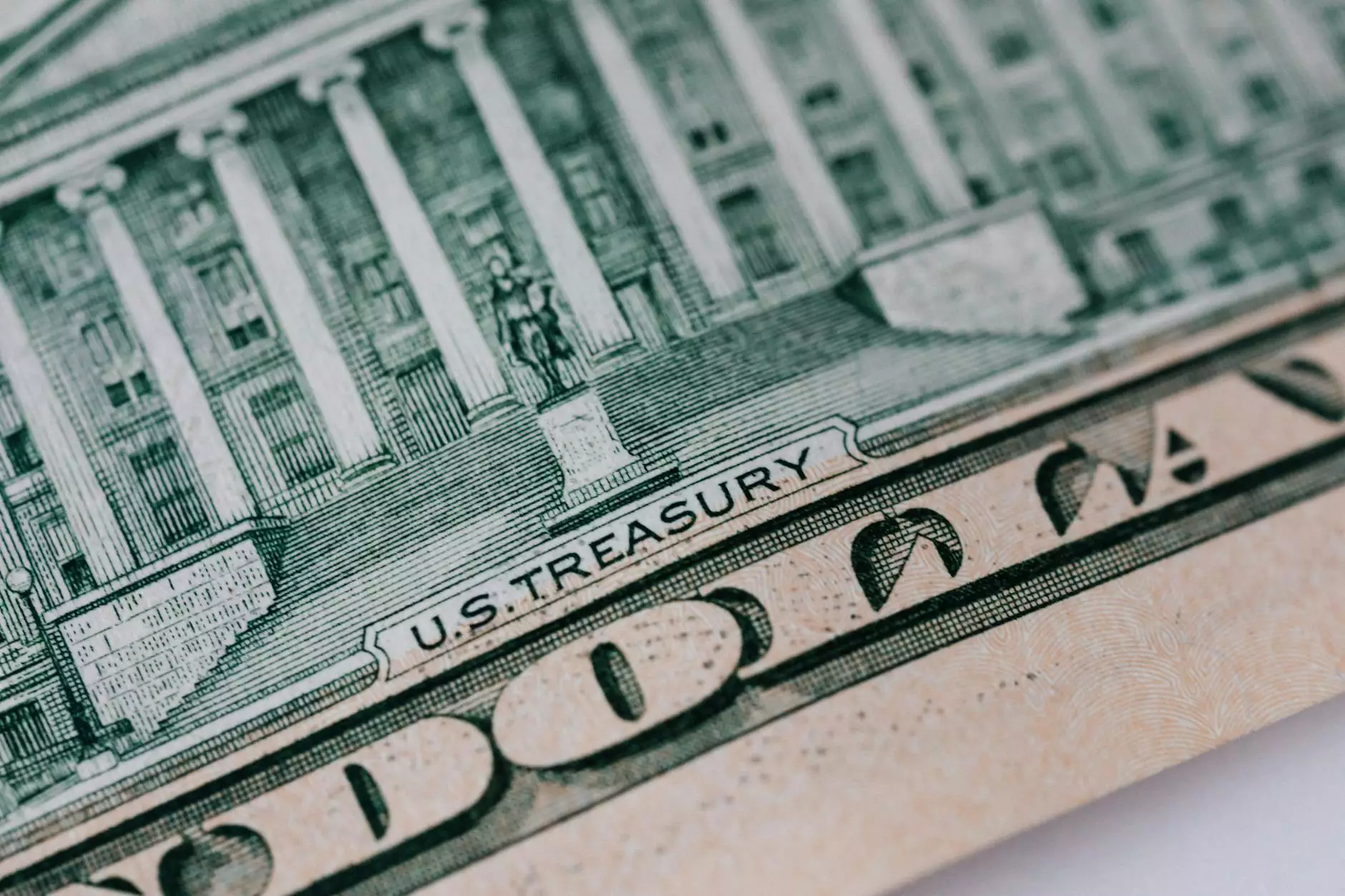Understanding Easing Functions For CSS Animations And Transitions
Blog
Introduction
Welcome to Shortcut Web Design, a leading provider of high-end website development services in the business and consumer services sector. In this comprehensive guide, we will dive deep into the world of easing functions for CSS animations and transitions. Understanding easing functions is crucial for creating smooth and visually appealing animations that enhance user experience on your website.
What are Easing Functions?
Easing functions are mathematical equations used to control the rate of change of CSS animations and transitions. They determine how the elements on your website move and change over time. By utilizing easing functions, you can add a touch of elegance and sophistication to your website's user interface.
Types of Easing Functions
1. Linear Easing
Linear easing provides a constant velocity throughout the animation or transition. It creates a linear movement with no acceleration or deceleration. Linear easing is ideal for simulating natural physical motion, such as scrolling or moving objects in a straight line.
2. Ease-in Easing
Ease-in easing starts the animation or transition slowly, gradually accelerating until it reaches the defined speed. It provides a smooth and subtle entrance effect, often used to draw attention to important elements on your website.
3. Ease-out Easing
Ease-out easing is the opposite of ease-in easing. It starts quickly and gradually decelerates, creating a smooth and elegant exit effect. This easing function is commonly used to smoothly hide elements or finalize an animation.
4. Ease-in-out Easing
Ease-in-out easing combines the characteristics of both ease-in and ease-out easings. It starts slowly, accelerates, and then decelerates towards the end of the animation or transition. This easing function creates a well-balanced and visually pleasing effect.
Key Factors to Consider
1. Duration
The duration of an animation or transition determines how long it takes for the transformation to occur. Longer durations create slower and more relaxed motions, while shorter durations produce faster and more dynamic effects. Finding the right balance is essential to maintain user engagement and avoid overwhelming your audience.
2. Bezier Curves
Bezier curves allow for more precise control over the easing function. By adjusting the control points of the curve, you can create unique and customized easing effects that perfectly match your website's design and branding.
3. Timing Functions
CSS provides a set of predefined timing functions, such as ease, ease-in, ease-out, and linear. Experimenting with different timing functions can significantly impact the overall feel and user experience of your animations and transitions.
Conclusion
Mastering easing functions for CSS animations and transitions is a valuable skill for any web designer or developer. By understanding the various types of easing functions and considering key factors like duration, Bezier curves, and timing functions, you can create captivating and visually stunning animations that will impress your website visitors.
At Shortcut Web Design, we specialize in delivering high-end website development services tailored to meet the needs of businesses in the business and consumer services sector. Our team of experts has extensive knowledge and experience in implementing cutting-edge CSS animations and transitions to elevate your online presence. Contact us today to discover how we can transform your website into a captivating online experience for your audience.










